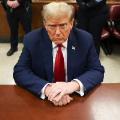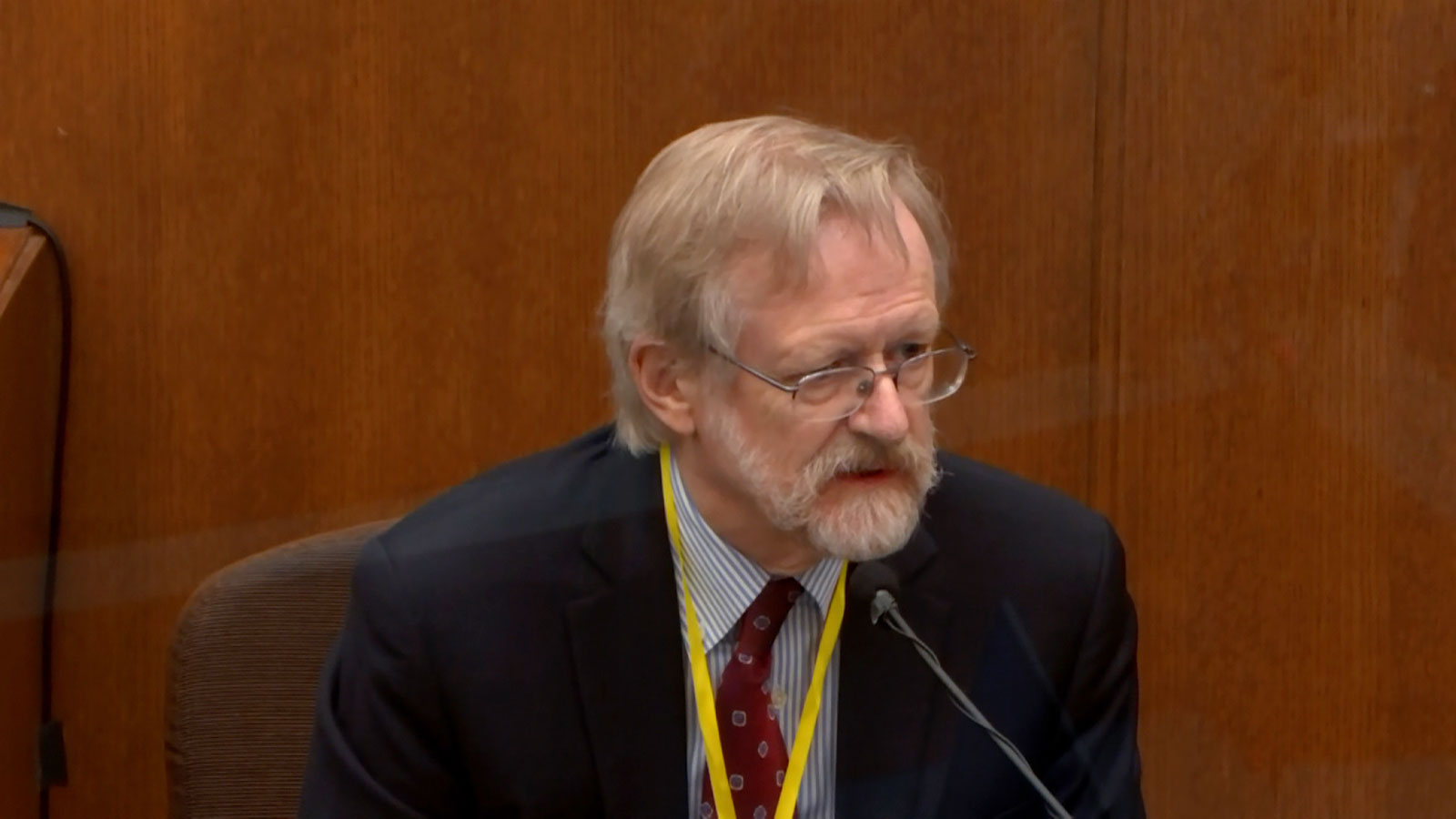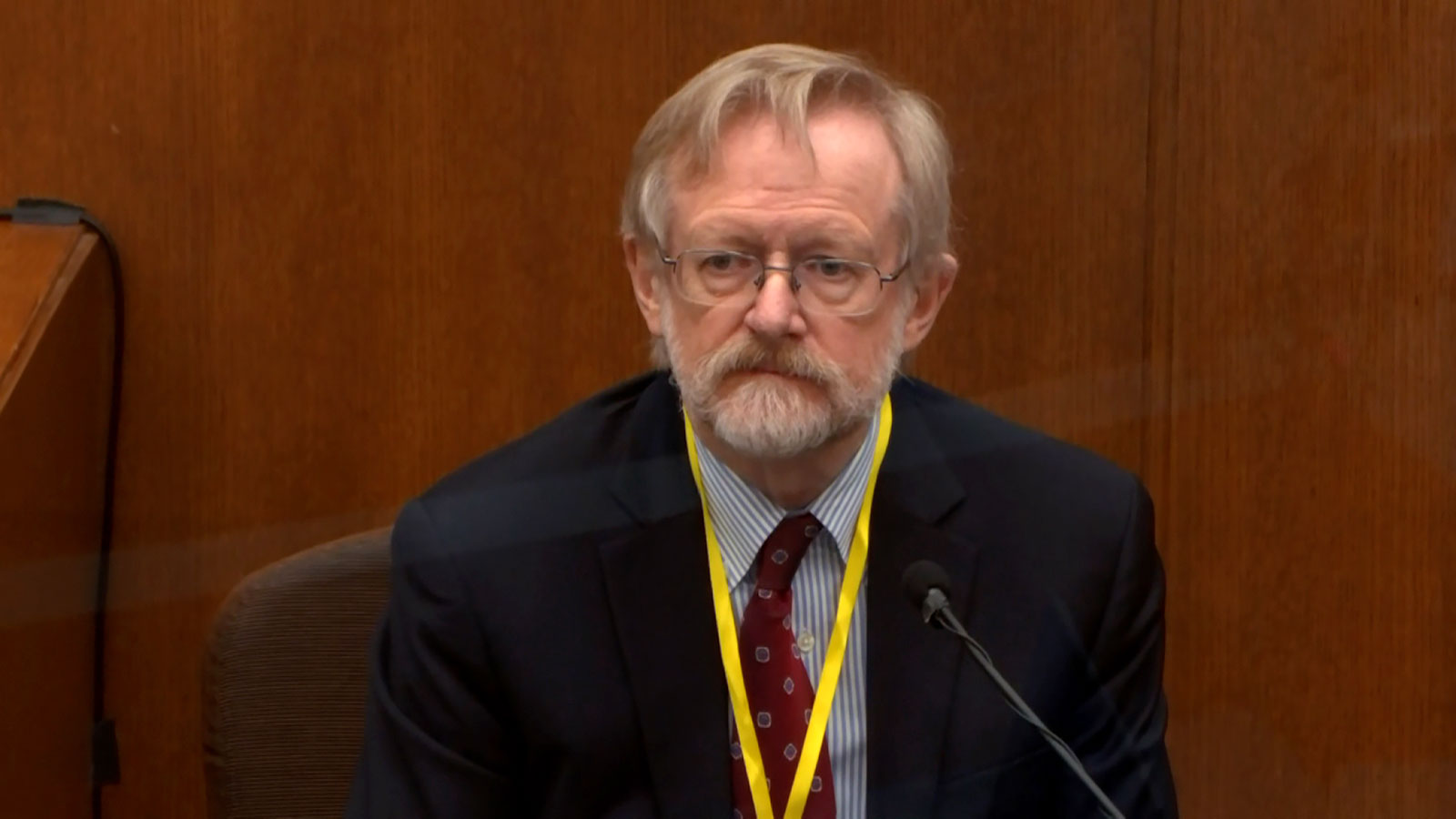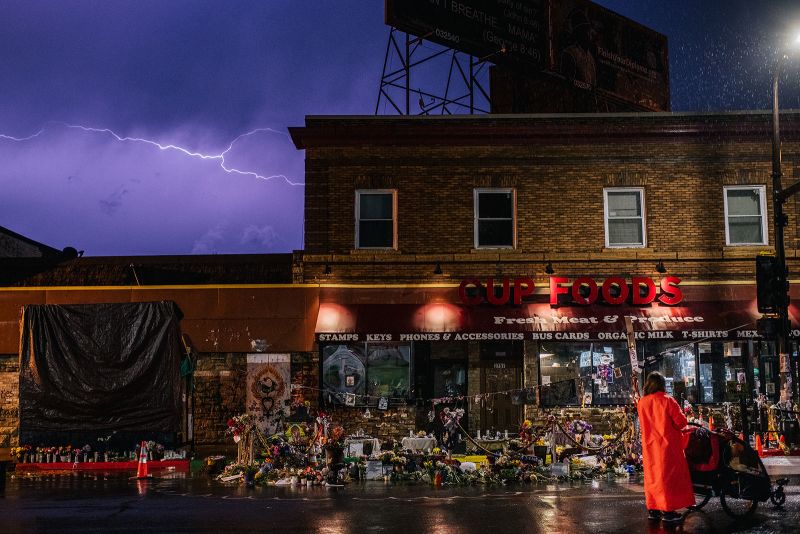
Dr. Martin Tobin, a pulmonary expert, testified that there was "absolutely no way" that Floyd's chest could expand properly to breathe.
During his testimony, Tobin had been shown a series of still images from body worn camera footage from the scene that he previously reviewed. At one point, Tobin noted the significance of an image where you see Floyd reaching out with his knuckles pressed against the tires of the squad car while Chauvin is on top of him.
Tobin said, "To most people, this doesn't look terribly significant. But to a physiologist, this is extraordinarily significant."
"This tells you that he has used up his resources and he's now literally trying to breathe with his fingers and knuckles," he added.
He continued: "Because when you begin to breathe, you begin to breathe with your rib cage and your diaphragm. Then the next thing you recruit after that is your sternum muscle which is the big muscle in your neck. When those are wasted up, then you're relying on these types of muscles like your fingers to try and stabilize your whole right side. Because he's totally dependent on getting air into the right side."
Tobin said he concluded Floyd was "using his fingers and his knuckles against the street to try and crank up the right side of his chest."
"This is his only way to try and get air to get into the right lung," he said.
On his left side, Tobin said, Floyd was similarly trying to use his shoulder to breathe. He said that "because the chest underlying it is so expanded, you get very, very little air in."
"It's a very poor way of breathing. But it's what you have to do when everything else is failing," he said.
Watch:







